See also: Live, Learn, Dance – The Language Experience Approach and Live, Learn, Dance – The 7 Habits of Highly Effective Teens
So often, we focus on the physical and mental lessons that dance is providing to our children. Of course, there are countless takeaways from the experience of dance (strength, determination, interdependence, stamina, and perseverance, to name just a few). But there are significant opportunities for children to engage and grow their cognitive and academic abilities by using dance as a basis on which to anchor their learning. Summer usually provides additional free time (especially this year, with many states still in lockdown flux), so why not capitalize on the opportunity to explore some dance-related learning?
I am a reading interventionist by trade (believe it or not, I need something besides sarcasm to pay the bills), so I naturally gravitate towards literacy-based activities when I assign extra work for my kids (which they just LOVE, let me tell you). After reading Taking Flight by Michaela DePrince to my girls, I’ve decided to have them spend more time reading biographies.
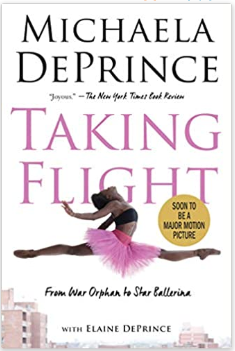
*This post contains a few affiliate links. If you purchase something using one of them, I may earn a small commission at no cost to you.
The Benefits of Biographies
Biographies are a genre of nonfiction text that offers a predictable structure, so it is embraced by all types of readers (struggling and/or reluctant, as well as proficient and/or engaged). After all, we know we’re going to learn specific facts in a biography: when the subject was born, information about his/her childhood, major life events (education, marriage, children, family tragedies, etc.), his/her accomplishments, obstacles that were overcome, and death (if applicable). Important events before and after the person’s lifespan may also be included if they were relevant (posthumous awards like a Nobel Prize, for example). The events are generally laid out in chronological order, so they are easier to follow than most fictional texts (which may include flashbacks and other time-shifting episodes). Another benefit of reading biographies is that your child can choose a person that he/she looks to as a role model, increasing the motivation to read. Biographies are available on all reading levels; if you’ve got a tiny dancer, you can always read the text aloud to them.
Where to Start
If your dancer has a person that he/she looks up to admires, you can start right there! Check wherever you buy books for titles that feature your child’s role model; my go-to is Amazon for selection and convenience. The Who Was?/Who Is? series of books is a great way to introduce your elementary or middle school child to biographies; they’re loaded with illustrations, are offered in a ton of subjects, and are very inexpensive to boot.
The person your child chooses doesn’t need to be involved with dance, but it will be easier to draw parallels between the biography and your child’s dance experience if the subject is. Consider it a case study of sorts; no doubt, the dancer has overcome many challenges to achieve his/her dreams, so that story can serve as inspiration to your child to tackle the obstacles he or she will certainly face in the future (or is already dealing with at the moment). But if your son or daughter would really rather read about someone else, then I would suggest allowing him or her to do so (especially if you’re dealing with a reluctant or struggling reader).
For less experienced readers, you can begin by asking them what they already know about this person (either you or your child could jot these down on paper or electronically). Then, prompt them to predict what they will learn as they read the biography (again, you could record these somewhere). What’s important here is not necessarily that they get it “right,” but that they are engaging their higher-level thinking skills to align what they already know about the subject (background knowledge) with reasonable predictions about him or her. Keeping a record of these thoughts will help during and after the reading of the text; they can compare their background knowledge and predictions with what they actually read in the book, which encourages them to actively make meaning (comprehend) as they read. Again, it’s not about getting it “right,” it’s about coming up with rational, reasonable ways that the information will fit together.
During Reading
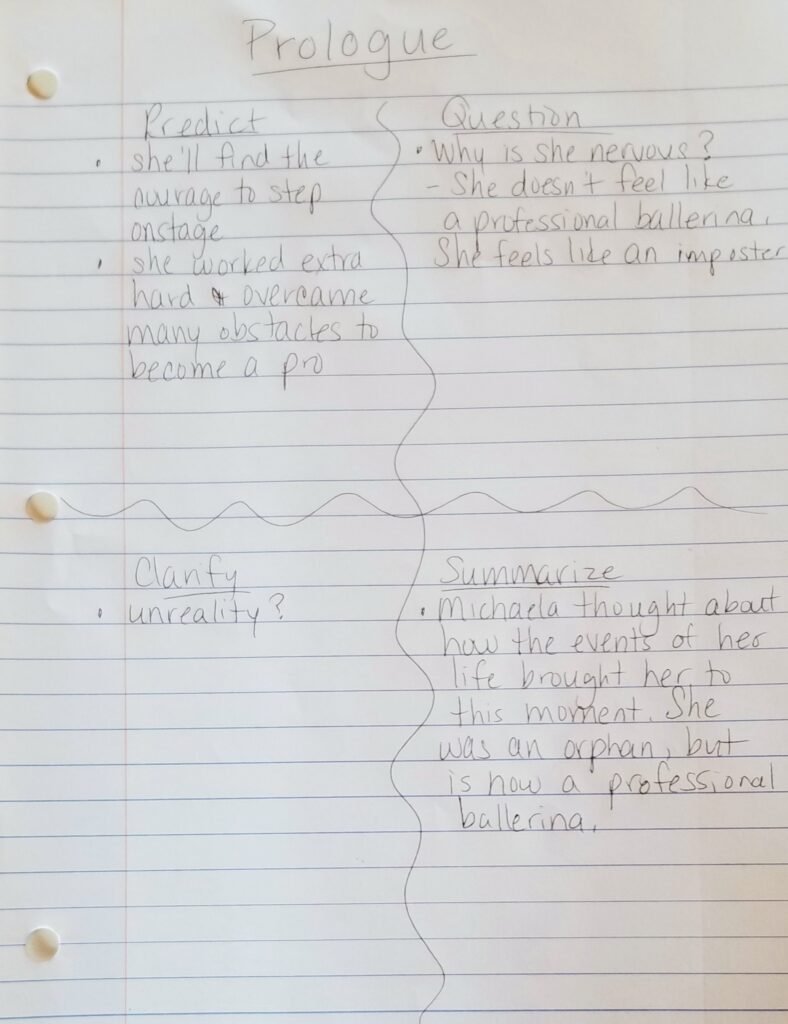
Rather than reading a nonfiction book straight through, I encourage my students to engage in activities that will help them more thoughtfully process the information; this allows them to more deeply encode the new knowledge, making it more likely that they’ll remember it. One no-fuss method of doing this is using a plain piece of paper as a bookmark for writing their reflections as they read. These musings can be personal reactions to events, predictions about what might happen going forward, things they were confused about, questions they have, interpretations of a quotation, etc. If this is beyond your child’s current capabilities, they can use the sheet to write a very brief summary of what happened in each chapter. The sheet can be folded in half and used as a very functional bookmark. While your child may find this whole process tedious, he or she will comprehend the text more deeply if these interactions with the text take place.
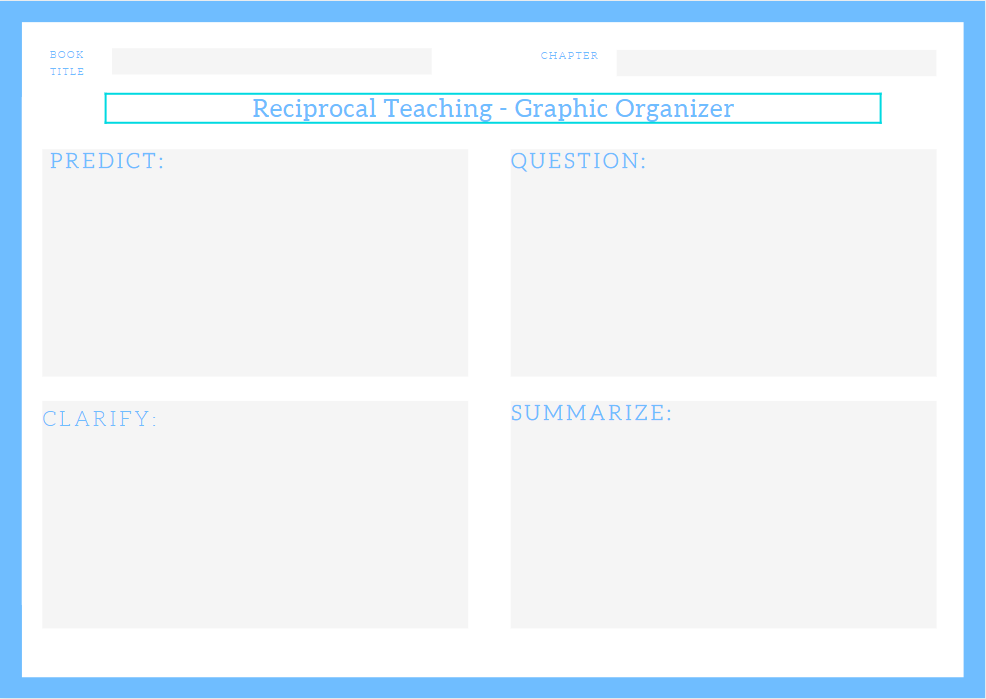
After Reading
So many children (especially reluctant/struggling readers) want to just forget about a book completely once it’s been read through. But in order to distill the life lessons that the author was hoping to convey, the reader needs to take some time to reflect on its content. Only then can the themes be processed more deeply, increasing the odds that the reader makes a personal connection to the story. Personally, I’ve been fortunate to have read so many books that have resonated with me, and have impacted my perspective and worldview. So it is well worth the time and effort to engage in some culminating activities after the reading has ended.
Summarizing is one of the most powerful, accessible, and useful comprehension strategies there are. People are constantly asked to summarize something (“What’s that movie about?” or “What happened at the party?” are everyday examples), so strengthening that skill is a worthwhile investment of effort. There is nothing wrong with completing a written summary, but don’t be afraid to let your child explore more artistic representations instead. For example, a common activity is designing an alternative book cover for the biography; ideally, this should capture an important theme from the subject’s life story. Another method of summarizing artistically is either drawing or using computer graphics to create a handful of scenes depicting important events from the biography. If your child is technologically inclined, Google Slides or PowerPoint presentations can be created and narrated over to present the information in a more story-like way. Your child can also design an Instagram page for the subject (on paper or electronically, not on the actual app) or a baseball card for that person (check online for templates). There are limitless possibilities for creating an art form to symbolize the subject’s life; your child may have ideas of his/her own, so be willing to honor those as well.
If your child does not enjoy creating artistic renderings (the extent of my art skills can best be described as “stick figures with lopsided features”), then encouraging them to create a timeline of the subject’s important life events is a great alternative. They can use their mathematical abilities to plan and measure out how long the timeline should be, as well as the space and duration of increments. For example, if the subject lived sixty years, then a ten-year span could be represented by two inches for a total of 12 inches. These can be decorated as well, and posthumous events (a scholarship being established in his/her name, for example) could be included.
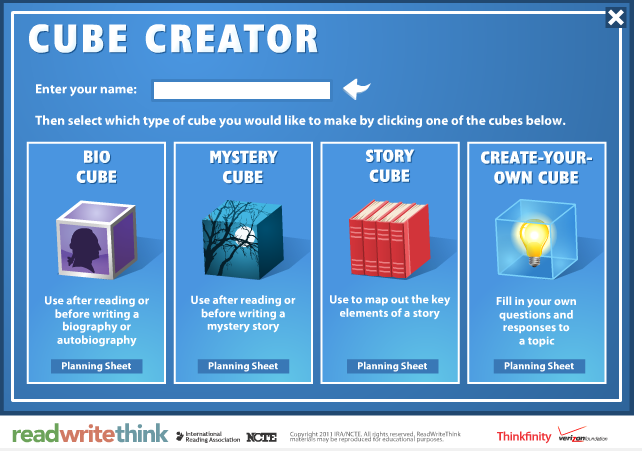
For a low-effort way to summarize a biography, www.readwritethink.org has an online Bio Cube creator that’s fairly easy to use. After adding information about the subject in the planning sheet, the program will allow you to print it out. This can then be folded and taped or glued into a six-sided cube. My students have had fun with this, and it is age-appropriate for both younger and older readers. The link for the Cube Creator (there are other genres aside from biographies) can be found here: http://www.readwritethink.org/files/resources/interactives/cube_creator/
Of course, there are countless other methods for utilizing biographies to further a passion or interest while developing literacy skills. Don’t hesitate to create your own, or allow your child to formulate an activity that allows a bit of free choice. What’s important is that we take away nuggets of wisdom from those we admire, and knowing our role model’s life story helps us draw inspiration from it.
Happy reading!
Work hard, have fun! – Danielle
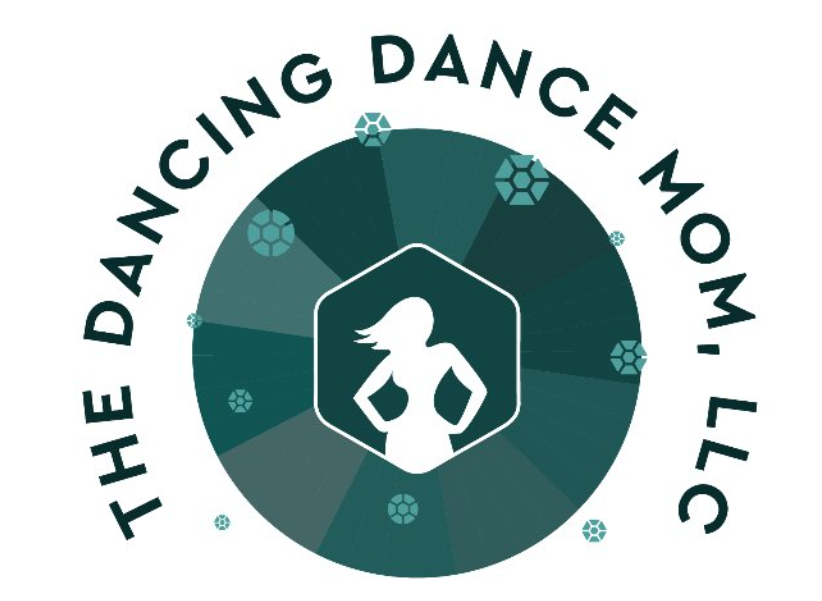
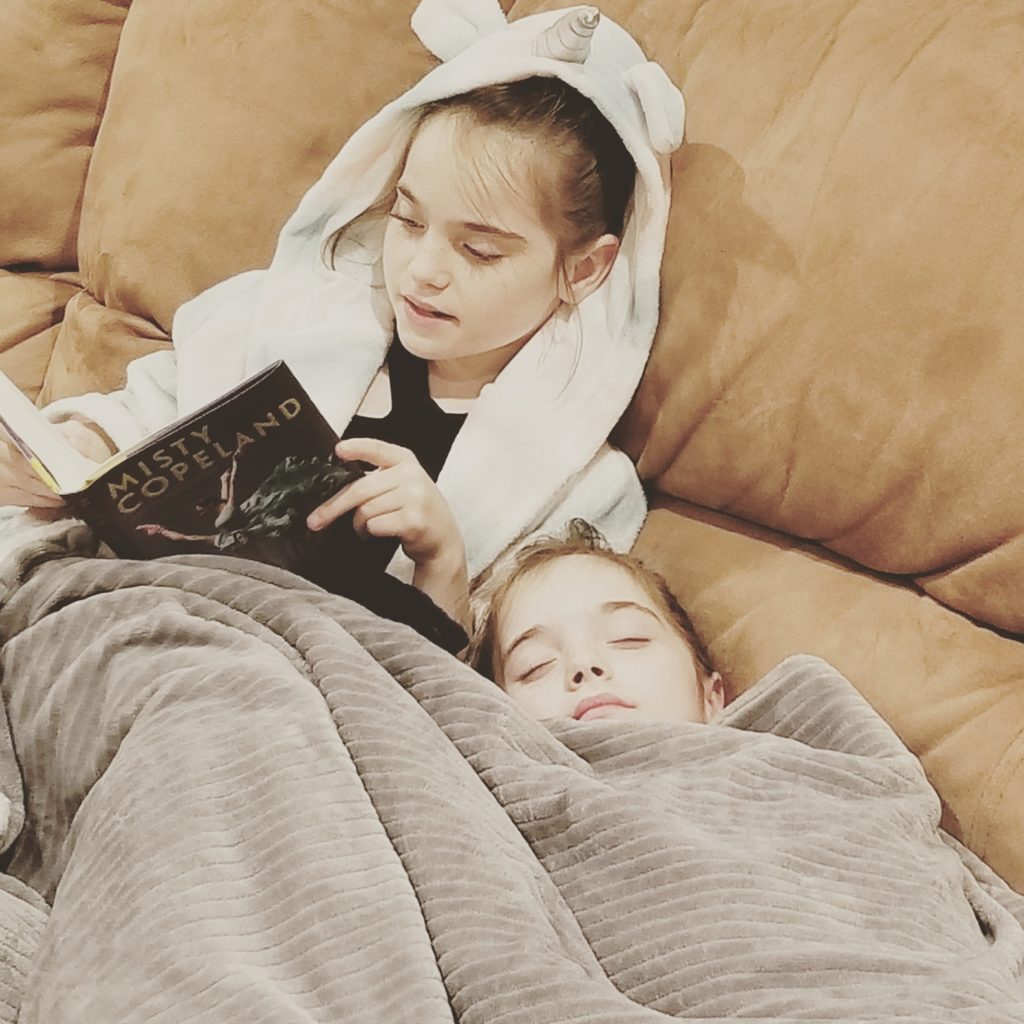

This is great! Reading is so important for kids to do and see the value in at a young age. I love how you try to draw parallels from the autobiographies, big or small, to help them see positive examples of people overcoming adversity!
Thank you! The dance world is full of positive role models, and reading about them can inspire young students.
Such good ideas! My tiny dancer loves to read about other dancers and has a large assortment of ballet books. She is missing class but loves reading.
Thanks! My girls just got back to the studio last week.
I already sent a link of this to my girlfriend! Both my nieces are very involved with dance. I think it’s a great way to get them involved in reading while including what they love.
So good to hear that! Thanks so much!
This is such a great post. I love biographies and am so inspired by people who have really done something impressive. And I think that writing the questions so you are thinking about the content is a great idea – especially for young minds (and old ones) where your concentration just seems to drift away. Good stuff mom. Thanks.
I really like your suggestion during reading to use a blank piece of paper as a bookmark for writing their reflections. I’m going to show this to my girls. Thank you.
As a homeschooling mom, and a former educator who taught writing (among other things), I am all about the extra reading and writing activities. It engages kids’ brains in so many effective ways. I love how you related this to dance too. There are inspiring, well-written books on any topic of interest for our kids to dig into and learn from.
Absolutely! Thanks for the feedback!
This is a great post! Reading and sharing real life experiences to your children is a fantastic idea! I think I might buy this biography for myself!
Thank you! I cried at parts, truth be told. Such a great story of overcoming the toughest of obstacles and working hard to find success.
I love biographies and this is such a great way to get kids interested too. This could work for any type of hobby or interest too. Just find an already famous or favorite person with a biography and go from there!
Thanks! Yes, the possibilities are limitless!
Awesome ideas! Biographies definitely have a lot of pros for reading, I love them
Thanks, me too!
Great tips … I love a good biography!
Thanks, me too!
I really enjoy biographies. There are always tidbits of information about people we think we know that are completely unexpected.
Agreed. And if the subject is still alive, you can research what’s going on with them currently (like Michaela DePrince’s adopted father died last month, and my girls were so sad because they love Michaela).
This is great combining dance and reading!
Thanks!
Great suggestions. My boys haven’t read any biographies yet but I think it would be a great idea to read aloud one for their bedtime stories!
I actually did read the Michaela DePrince biography at bedtime for a few weeks, and my girls would look forward to it each night. Thanks!
This is great to find something they are interested in and then help them learn as well!
I feel like, for the summer anyway, it helps to keep the work light and personally interesting. Thanks!
Biographies are a great idea for summer reading. My son loves nonfiction, and learning about influential people is totally something he’d gravitate to!
Thanks! They’re great material to work with, especially if your child already has a role model that had a biography published.
I Love biographies! My daughters are both avid readers, so it wouldn’t be too hard to suggest people they may be interested in “getting to know better.”
I find them so interesting, especially the parts that describes obstacles they have overcome.
Great to see your family’s love of reading! Nurturing that is so important and essential to complete development! Good job MOM!
Thanks so much (that’s what they get when they have a reading interventionist as the family’s matriarch, lol)!
Yes, yes, and yes! All important and more importantly, wrapped up in one activity!
More bang for the buck, lol. Thanks!
My college ballet instructor included a research paper on an accomplished dancer because he valued learning about those who have come before us and shaped the world of dance.
That’s a great, worthwhile assignment.
Excellent post! Biographies are so amazing and make great reads.
Thanks so much!
What a great idea to keep your children learning through fun activities during the summer.
Thank you!
I love reading junior biographies to my kids. It always amazes me what they remember and will comment about months after we read the book.
I always loved reading all kinds of books and I remember noticing as I was growing up that kids that weren’t necessarily interested in reading would be all about it when it was something they were interested in like sports.
These are great ideas to encourage reading – even better when you tie it into something that is their passion!
Biographies are awesome and inspirational reads. I love your ideas for helping readers better remember what they’ve read.
It’s always great to learn about others and how their lives impact others.
Agreed!